Home>Garden Essentials>How Cold Is Too Cold To Plant Grass Seed
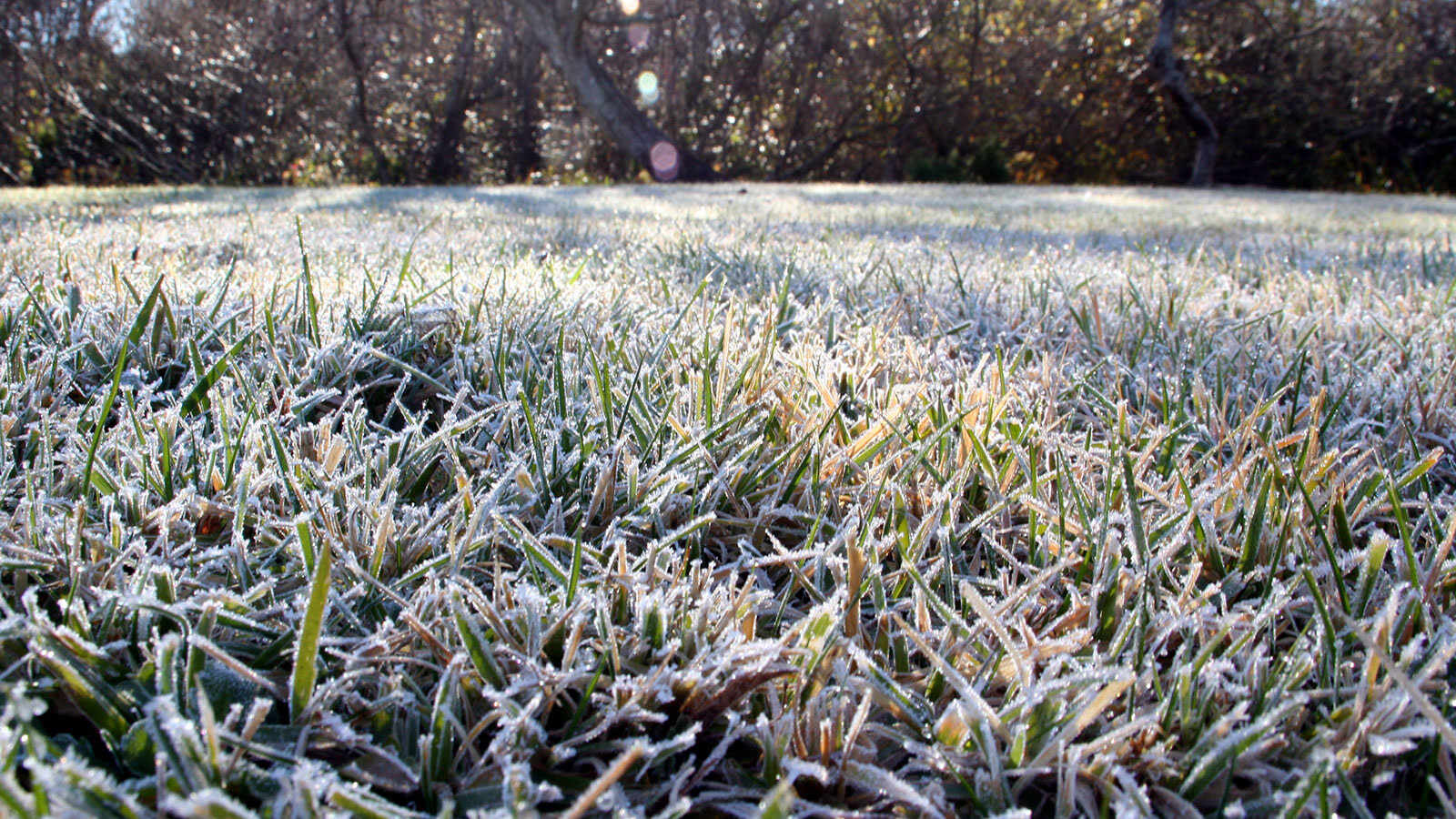

Garden Essentials
How Cold Is Too Cold To Plant Grass Seed
Modified: October 20, 2024
Discover the optimal temperature for planting grass seed in your garden. Learn how to determine when it's too cold to ensure successful growth.
(Many of the links in this article redirect to a specific reviewed product. Your purchase of these products through affiliate links helps to generate commission for Storables.com, at no extra cost. Learn more)
Introduction
Planting grass seed is an exciting task for garden enthusiasts, but knowing the right time to do so is crucial for successful establishment. One of the factors that should be considered is temperature, as planting grass seed in cold conditions can detrimentally affect germination and overall growth. While grass seed can tolerate a range of temperatures, planting when it’s too cold can lead to poor establishment and sparse growth.
In this article, we’ll explore the factors to consider when planting grass seed, the optimal temperature range for planting, how cold temperatures affect seed germination, signs of damage from planting in cold conditions, and tips for successful grass seed planting in colder climates.
Key Takeaways:
- Choose the right grass seed for your climate to ensure successful growth. Monitor soil temperature, avoid frost, and provide extra care in the spring for a vibrant lawn even in colder conditions.
- Cold temperatures can delay germination, cause poor growth, and increase weed competition. Be patient, follow planting tips, and monitor for signs of damage to achieve a lush and resilient lawn.
Read more: When Is It Too Cold To Plant Grass Seed
Factors to Consider for Planting Grass Seed
When planning to plant grass seed, there are several important factors to consider to ensure successful growth and establishment. These factors include soil temperature, air temperature, frost, and the seed germination process.
Soil Temperature: Soil temperature plays a crucial role in seed germination. Different types of grasses have specific soil temperature requirements for optimal growth. Warm-season grasses, such as Bermuda grass and zoysia grass, prefer soil temperatures between 50 and 65 degrees Fahrenheit (10 to 18 degrees Celsius). On the other hand, cool-season grasses, like Kentucky bluegrass and fescue, can tolerate lower soil temperatures around 45 to 55 degrees Fahrenheit (7 to 13 degrees Celsius). It’s essential to monitor the soil temperature using a soil thermometer before planting grass seed.
Air Temperature: While soil temperature is important, it is closely related to air temperature. Cold air temperatures can significantly affect soil temperature, making it unsuitable for seed germination. It’s recommended to wait until air temperatures consistently stay within the appropriate range for the grass variety you’re planting. Planting grass seed when the air temperature is too cold can lead to slow germination or even failure to germinate altogether.
Frost: Frost is a major concern when it comes to planting grass seed. Frost can damage newly germinated seeds and emerging seedlings, hindering their growth and development. It’s vital to avoid planting grass seed when frost is likely to occur. Frost usually occurs when nighttime temperatures drop below freezing, typically around 32 degrees Fahrenheit (0 degrees Celsius). It’s essential to monitor weather forecasts and avoid planting during frosty periods to prevent loss or damage to your grass seed.
Seed Germination Process: Understanding the seed germination process is crucial when planting grass seed. Seeds require specific conditions to germinate successfully, and temperature is a key factor. During germination, seeds absorb water and activate enzymes, which initiate growth. Optimal temperature ranges vary among grass seed varieties. Some seeds germinate better under warmer conditions, while others prefer cooler temperatures. It’s important to research and choose grass seed varieties that are suitable for your local climate and the current season.
Considering these factors will help you determine the best time to plant your grass seed and ensure favorable conditions for germination and growth. By understanding the importance of soil and air temperature, avoiding frost, and considering the seed germination process, you can increase the chances of successful grass seed establishment.
Optimal Temperature Range for Planting Grass Seed
Planting grass seed at the right temperature is crucial for its successful germination and establishment. Different grass species have specific temperature requirements, and understanding these optimal temperature ranges can greatly enhance the chances of a lush and healthy lawn.
Warm-Season Grasses: Warm-season grasses, such as Bermuda grass, centipede grass, and zoysia grass, thrive in regions with hot summers and mild winters. These grasses have an optimal temperature range for germination and growth between 70 and 90 degrees Fahrenheit (21 to 32 degrees Celsius). Planting warm-season grass seed when temperatures consistently stay within this range will promote quicker and more successful germination.
Cool-Season Grasses: Cool-season grasses, including Kentucky bluegrass, perennial ryegrass, and tall fescue, are better suited for areas with cooler climates. These grasses have an optimal temperature range for germination and growth between 60 and 75 degrees Fahrenheit (15 to 24 degrees Celsius). Planting cool-season grass seed during these temperature ranges will encourage robust root development and vigorous leaf growth.
It’s important to note that although these temperature ranges are considered optimal, grass seed can still germinate and grow outside of these ranges. However, germination may be slower, and the overall establishment of the lawn may be compromised.
When determining the optimal temperature range for your specific grass seed variety, it’s essential to consider both soil and air temperatures. Soil temperature affects seed germination, while air temperature influences overall growth and development. Soil thermometers and local weather data can be valuable tools to help you monitor and determine the current temperature conditions.
In regions with varying climates, timing is also critical. Sowing grass seed at the start of the growing season, when the temperature is within the optimal range, ensures that the seed has ample time to establish before adverse weather conditions set in.
By understanding the optimal temperature range for your specific grass seed and carefully planning the timing of your planting, you can maximize the chances of successful germination, establishment, and a beautiful, healthy lawn.
How Cold Temperatures Affect Grass Seed Germination
Cold temperatures can have a significant impact on the germination process of grass seeds. The ability of seeds to germinate and establish healthy growth relies heavily on favorable temperature conditions. When exposed to cold temperatures, several factors can hinder or delay the germination of grass seeds.
Delayed Germination: Cold temperatures can cause a delay in the germination process. The cold environment slows down the metabolic activity of the seeds, making them take longer to absorb water and initiate growth. This delay can be frustrating for gardeners who expect quick germination and growth after sowing the grass seeds.
Inconsistent Germination: Inconsistent germination can occur when grass seeds are exposed to sporadic cold temperatures. Some seeds may germinate while others remain dormant. This can result in an uneven growth pattern, leaving patches of sparse grass in the lawn.
Frost Damage: Frost can cause severe damage to grass seeds and emerging seedlings. When temperatures drop below freezing, the water inside the seed cells freezes, leading to cell damage or death. Frost can also damage the delicate shoots and leaves of emerging seedlings, hindering their growth and overall development. It’s important to avoid exposing grass seeds to frosty conditions to prevent loss or damage.
Poor Root Development: Cold temperatures can impede the development of a strong and healthy root system. Roots are responsible for nutrient absorption and anchoring the grass plants. When exposed to cold temperatures, root growth can be stunted, leading to weak and shallow root systems. This can make the grass more susceptible to stress, disease, and drought conditions in the future.
In addition to affecting germination, cold temperatures can also hinder the overall growth and establishment of grass seedlings. The slower growth caused by cold temperatures can make the seedlings more vulnerable to competition from weeds, limiting their chances of survival and establishment.
To mitigate the negative effects of cold temperatures on grass seed germination, it is crucial to wait for the appropriate temperature conditions before planting. Monitoring soil and air temperatures, avoiding frosty periods, and selecting grass seed varieties that are better adapted to colder climates can increase the chances of successful germination and establishment.
By understanding how cold temperatures can affect grass seed germination and taking the necessary precautions, you can set the stage for healthy and robust grass growth in your lawn.
It is generally recommended to plant grass seed when the soil temperature is consistently above 50°F. Planting in colder temperatures can result in poor germination and weak seedlings. Use a soil thermometer to monitor the temperature before planting.
Signs of Damage from Planting Grass Seed in Cold Temperatures
Planting grass seed in cold temperatures can result in visible signs of damage and hinder the successful establishment of a healthy, vibrant lawn. It’s essential to be aware of these signs so that you can take appropriate measures to address them promptly. Here are some common signs of damage that may occur when grass seed is planted in cold temperatures:
Poor Germination: One of the most noticeable signs of damage is poor germination or a delay in germination. Cold temperatures can slow down the metabolic activity of the seed, resulting in slower or incomplete germination. Sparse or patchy growth may be evident, as some seeds may fail to germinate altogether, leading to an uneven and less desirable lawn appearance.
Yellowing or Browning: Grass seedlings may exhibit yellowing or browning of their leaves when planted in cold temperatures. This discoloration is often a sign of stress and can occur due to the restricted metabolic activity and slowed growth caused by the cold environment.
Stunted Growth: Seedlings that have been exposed to cold temperatures may experience stunted growth. The slowed metabolic activity limits the plant’s ability to absorb nutrients and water, leading to underdeveloped root systems and shorter stems. This stunted growth can result in a weaker, less resilient lawn.
Increased Weed Competition: Cold temperatures can inhibit the growth and establishment of grass seed, creating an opportunity for weeds to thrive. Weeds can quickly take advantage of the slow-growing or dormant grass seedlings, competing for essential resources such as sunlight, water, and nutrients. Increased weed presence can further hinder the establishment of a healthy lawn.
Thinning and Patches: If grass seed is planted in excessively cold temperatures or exposed to extreme frost, it may lead to thinning and bare patches in the lawn. Frost can damage seeds and emerging seedlings, causing them to die off or fail to grow. This can result in areas of the lawn where grass doesn’t grow at all or where the grass is sparse and weak.
It’s important to note that while these signs indicate damage from planting in cold temperatures, some grass species may recover as temperatures warm up. However, it’s generally best to try and avoid such damage by waiting for more optimal temperature conditions before sowing grass seed.
If you observe any of these signs of damage in your lawn after planting grass seed in cold temperatures, it’s recommended to take appropriate action. This may include reseeding the affected areas, providing extra care and nutrients to promote growth, and implementing weed control measures if necessary.
By understanding these signs of damage and taking the necessary steps to address them, you can improve the chances of successful grass seed establishment and ultimately achieve a beautiful and healthy lawn.
Read more: How Cold Is Too Cold For Grass Seed
Tips for Successful Grass Seed Planting in Cold Conditions
Planting grass seed in cold conditions requires extra care and attention to ensure successful germination and establishment. By following these tips, you can increase the chances of a healthy and vibrant lawn even in colder climates:
Choose the Right Grass Seed: Selecting the appropriate grass seed for your specific climate is crucial. Consider cool-season grass varieties that are better suited for colder temperatures, such as Kentucky bluegrass, perennial ryegrass, or tall fescue. These grasses are more tolerant of lower temperatures and can perform well in colder climates.
Monitor Soil Temperature: Use a soil thermometer to monitor the temperature of the soil before planting grass seed. Ideally, the soil temperature should be within the optimal range for germination. For cool-season grasses, the soil temperature should be around 45 to 55 degrees Fahrenheit (7 to 13 degrees Celsius).
Avoid Frosty Periods: Planting grass seed when frost is likely to occur can result in damage or death to the seeds and seedlings. Monitor weather forecasts and avoid sowing grass seed during periods of anticipated frost. It’s best to wait until frost has passed and the temperatures are consistently above freezing.
Prepare the Soil Properly: Before planting grass seed, ensure that the soil is well-prepared. Remove any debris, rocks, or weeds from the area. Loosen the soil and incorporate organic matter, such as compost, to improve drainage and provide essential nutrients for seedling growth.
Sow Seed at the Right Depth: Follow the recommended guidelines for sowing grass seed at the proper depth. In colder conditions, it’s advisable to sow the seed slightly shallower than the recommendations to promote faster and more successful germination. Consult the seed packaging or local gardening resources for specific instructions.
Water Regularly: Proper watering is crucial for seed germination and growth. Water the newly planted grass seed consistently to keep the soil moist but not saturated. Watering during the early morning hours allows sufficient time for the seed and soil to dry before evening, reducing the risk of freezing during colder nights.
Implement Mulching: Apply a light layer of mulch, such as straw or hay, over the newly planted grass seed. Mulching helps to retain moisture, moderate soil temperature, and protect the seeds and emerging seedlings from extreme cold temperatures. Be sure to use a thin layer as excessive mulch can prevent proper seed growth.
Monitor and Adjust: Regularly monitor the progress of the grass seed and make any necessary adjustments. If you notice poor germination or thinning areas, consider overseeding those areas to encourage better coverage. Adjust your watering and maintenance practices based on the specific needs of your grass seed and the prevailing weather conditions.
Provide Extra Care in the Spring: Once the cold season passes and spring arrives, provide extra care to help the grass seedlings establish fully. Gradually increase mowing height, fertilize as needed, and maintain consistent watering to promote healthy growth and development.
By following these tips, you can increase the likelihood of successful grass seed planting even in cold conditions. Remember that patience and proper care will help your lawn thrive, providing a lush and beautiful outdoor space.
Conclusion
Planting grass seed in cold conditions requires careful consideration and attention to ensure successful germination and establishment. Factors such as soil temperature, air temperature, frost, and seed germination process play crucial roles in determining the ideal time to plant grass seed. Understanding the optimal temperature ranges for different grass species and the potential damage caused by cold temperatures can help you plan and execute your grass seed planting effectively.
When planting grass seed in cold conditions, it’s essential to choose the right grass seed varieties that are better adapted to colder climates. Monitoring soil temperature and avoiding frosty periods are vital steps to prevent damage to the seeds and emerging seedlings. Proper soil preparation, accurate seed depth, regular watering, and the use of mulch can improve the chances of successful germination and growth.
Signs of damage from planting grass seed in cold temperatures include poor germination, yellowing or browning of seedlings, stunted growth, increased weed competition, and thinning or patchy areas in the lawn. Understanding these signs can help you take timely action to address them and promote the health and establishment of your lawn.
By following the tips for successful grass seed planting in cold conditions outlined in this article, you can increase the likelihood of a vibrant and healthy lawn. Choosing the right grass seed, monitoring temperature conditions, proper soil preparation, regular watering, and providing extra care in the spring are all crucial steps in achieving a lush and thriving lawn even in colder climates.
Remember, patience is key when planting grass seed in cold conditions. With consistent care and maintenance, your lawn will gradually develop into a beautiful and resilient green space that you can enjoy for years to come.
Frequently Asked Questions about How Cold Is Too Cold To Plant Grass Seed
Was this page helpful?
At Storables.com, we guarantee accurate and reliable information. Our content, validated by Expert Board Contributors, is crafted following stringent Editorial Policies. We're committed to providing you with well-researched, expert-backed insights for all your informational needs.
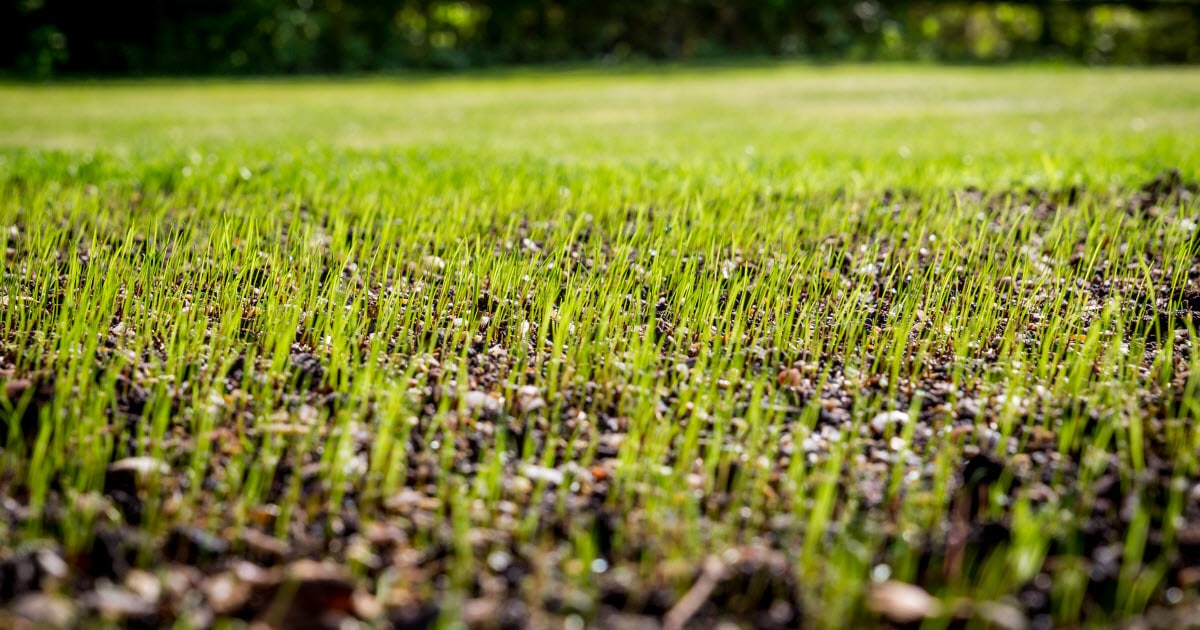
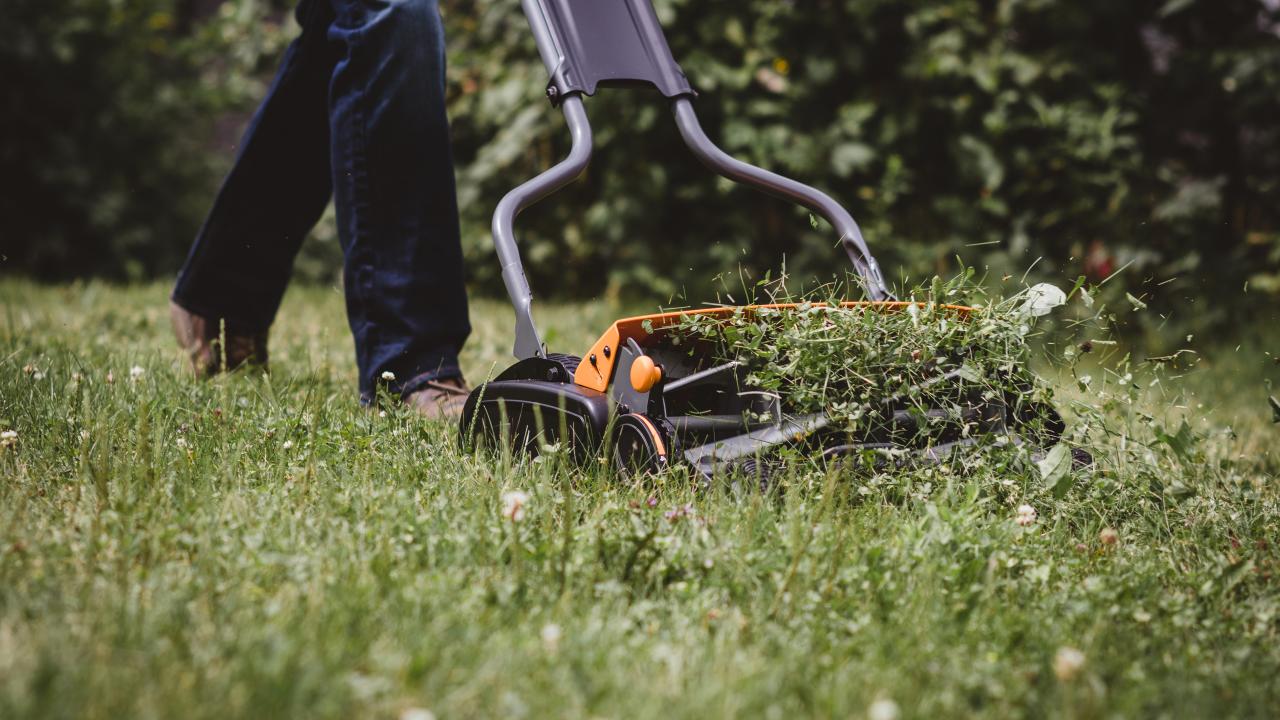

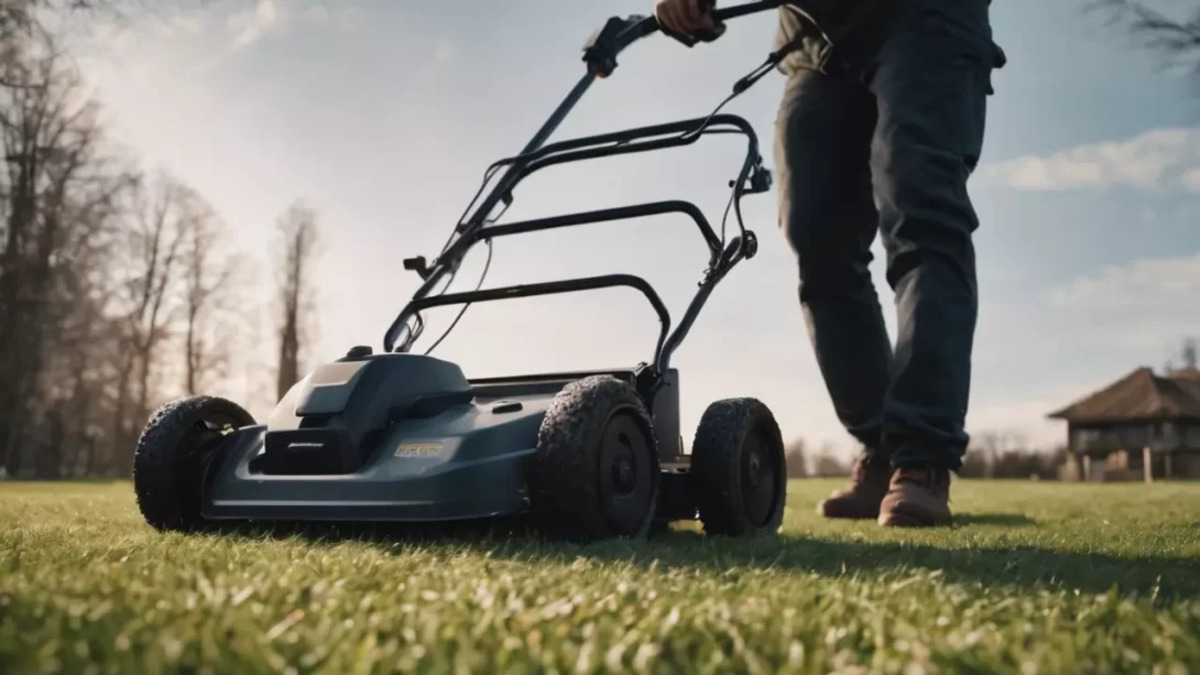
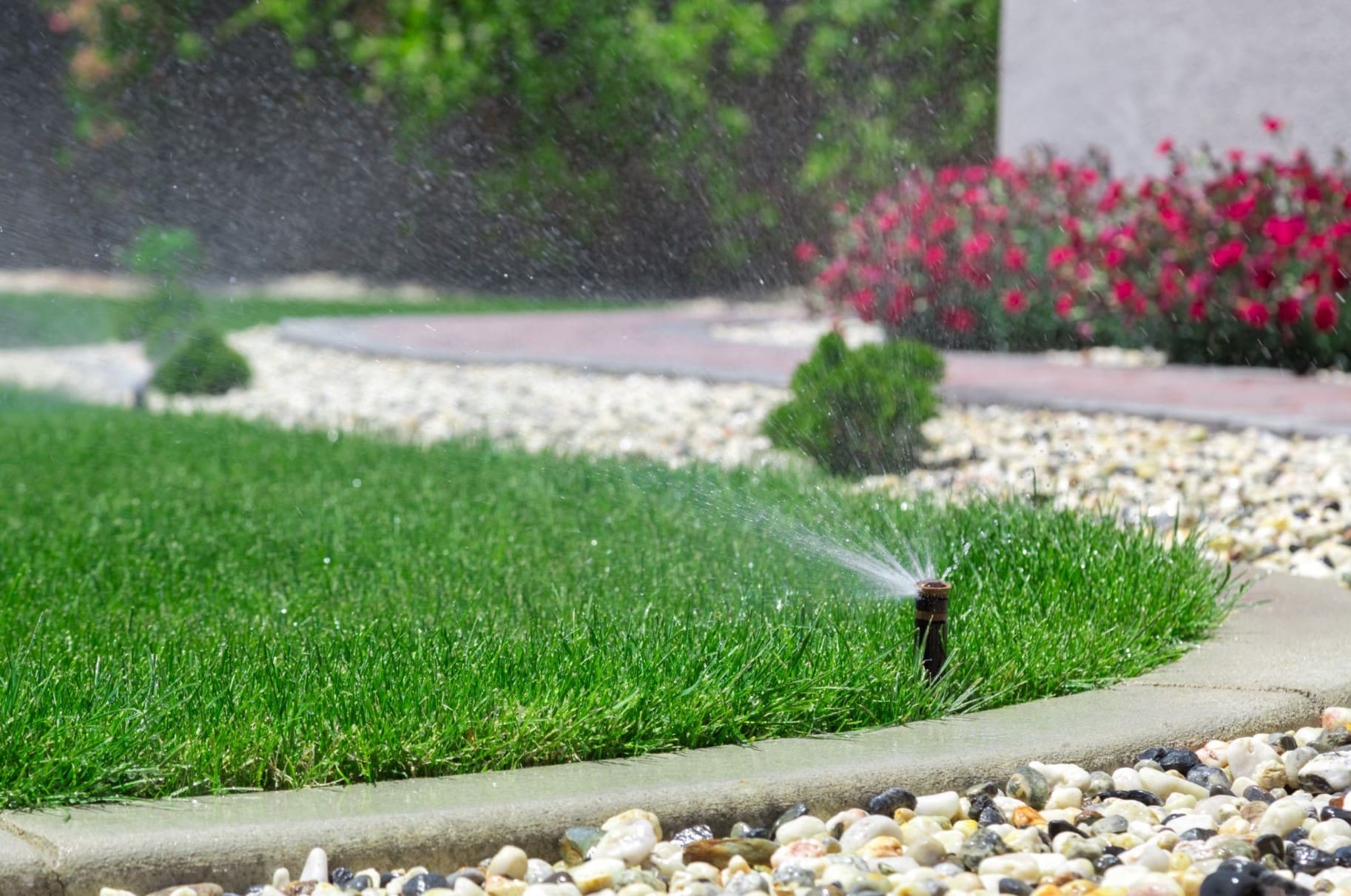
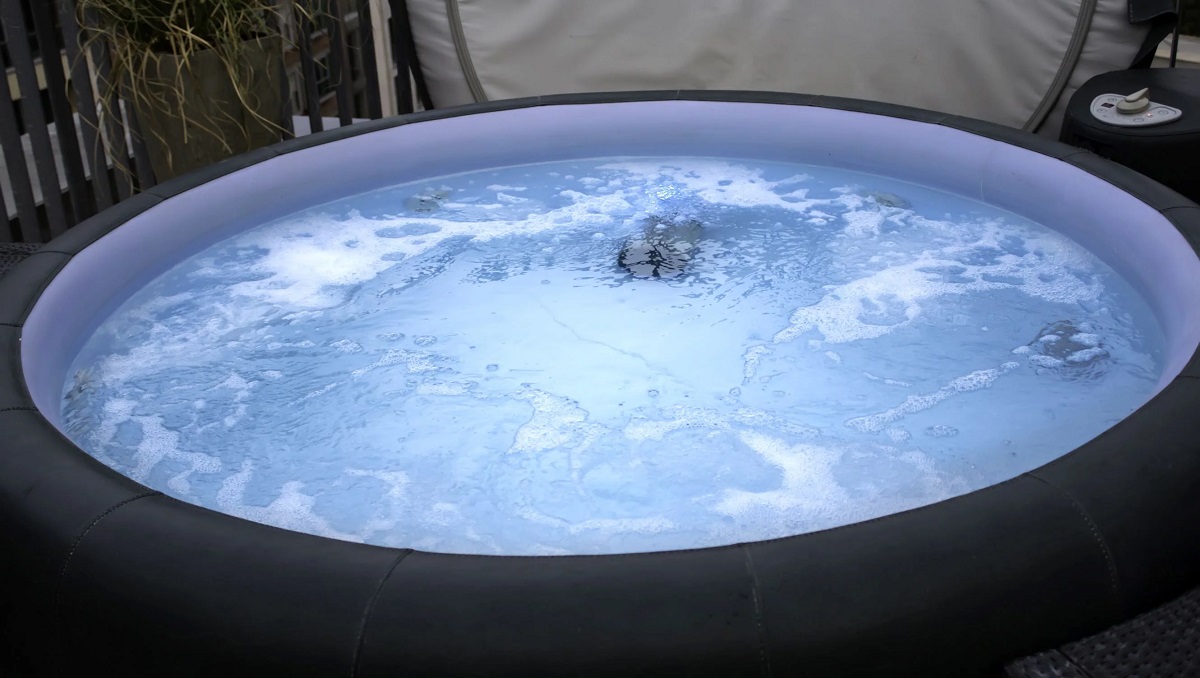

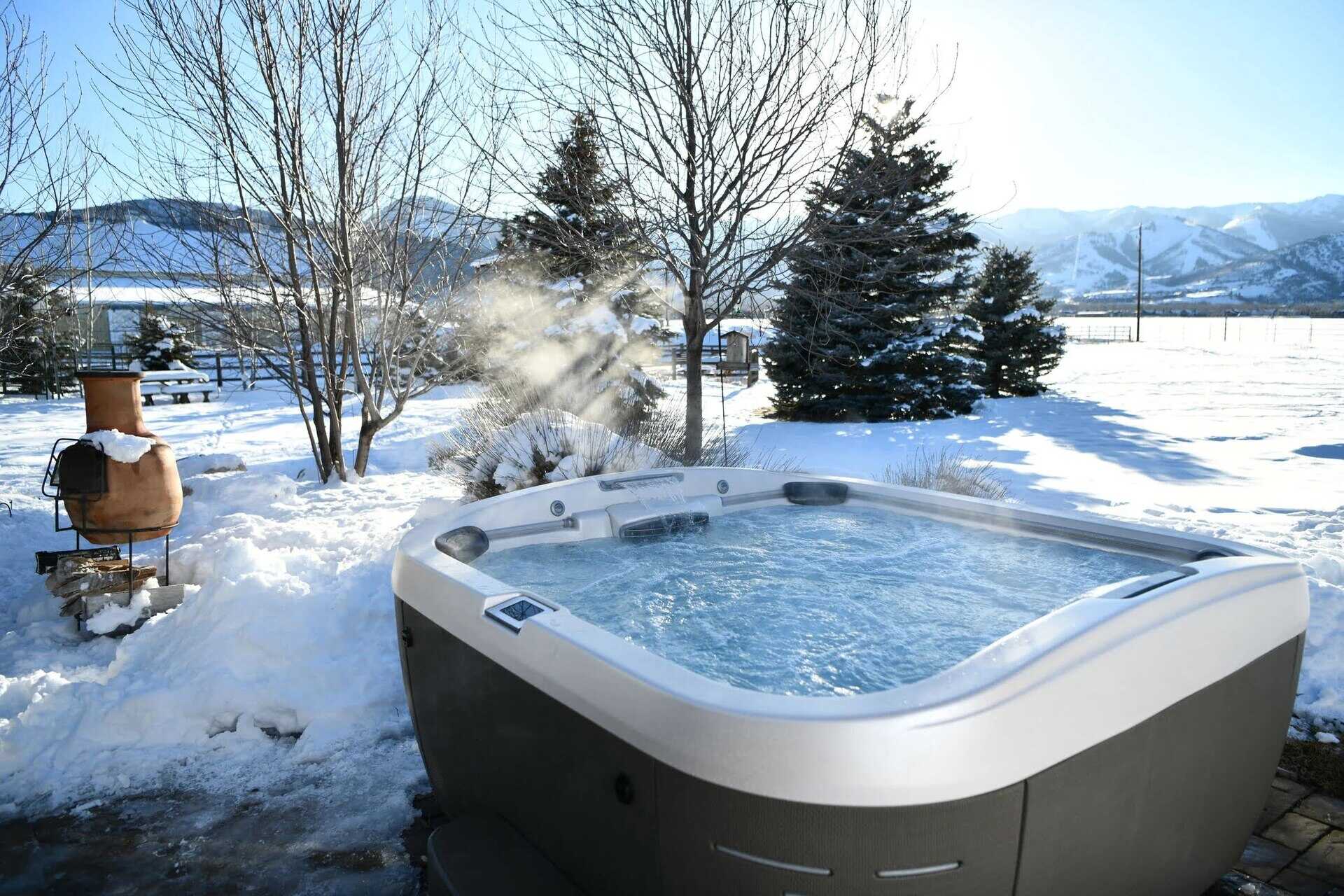
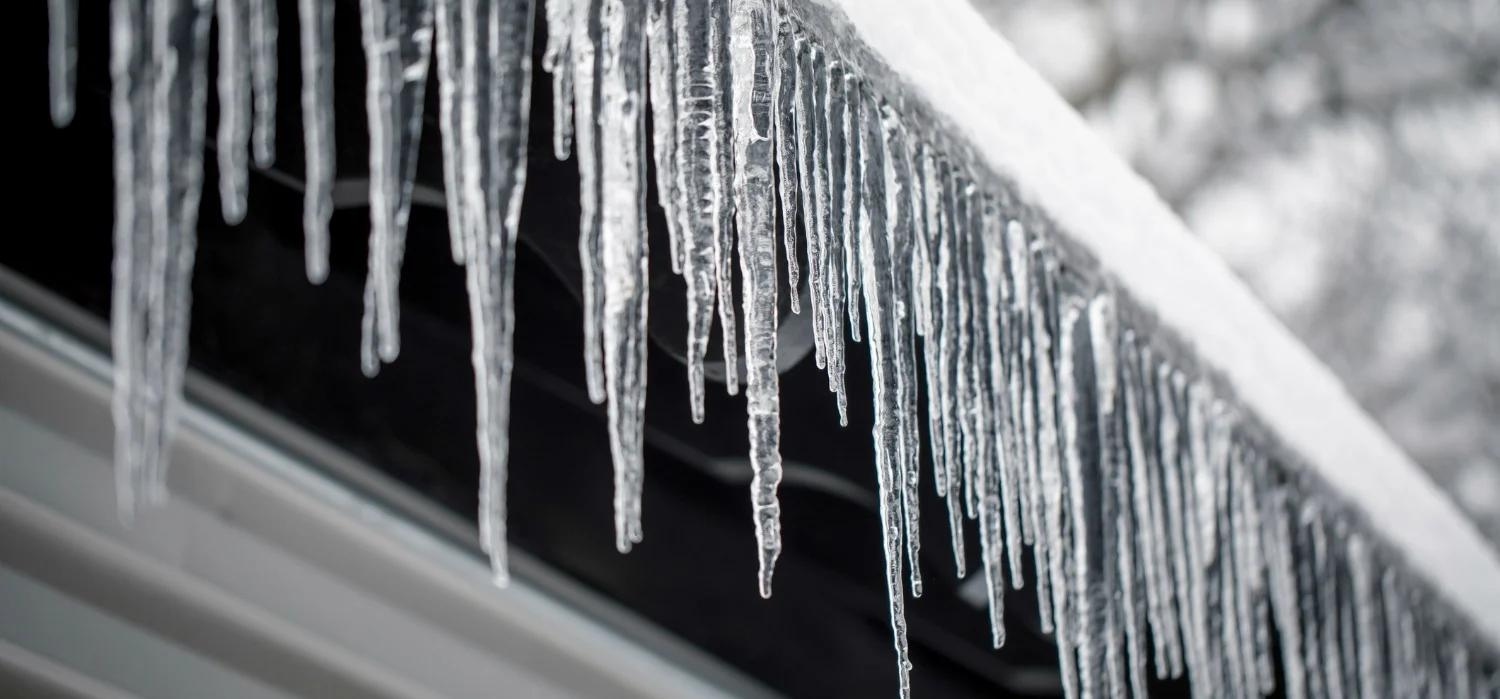
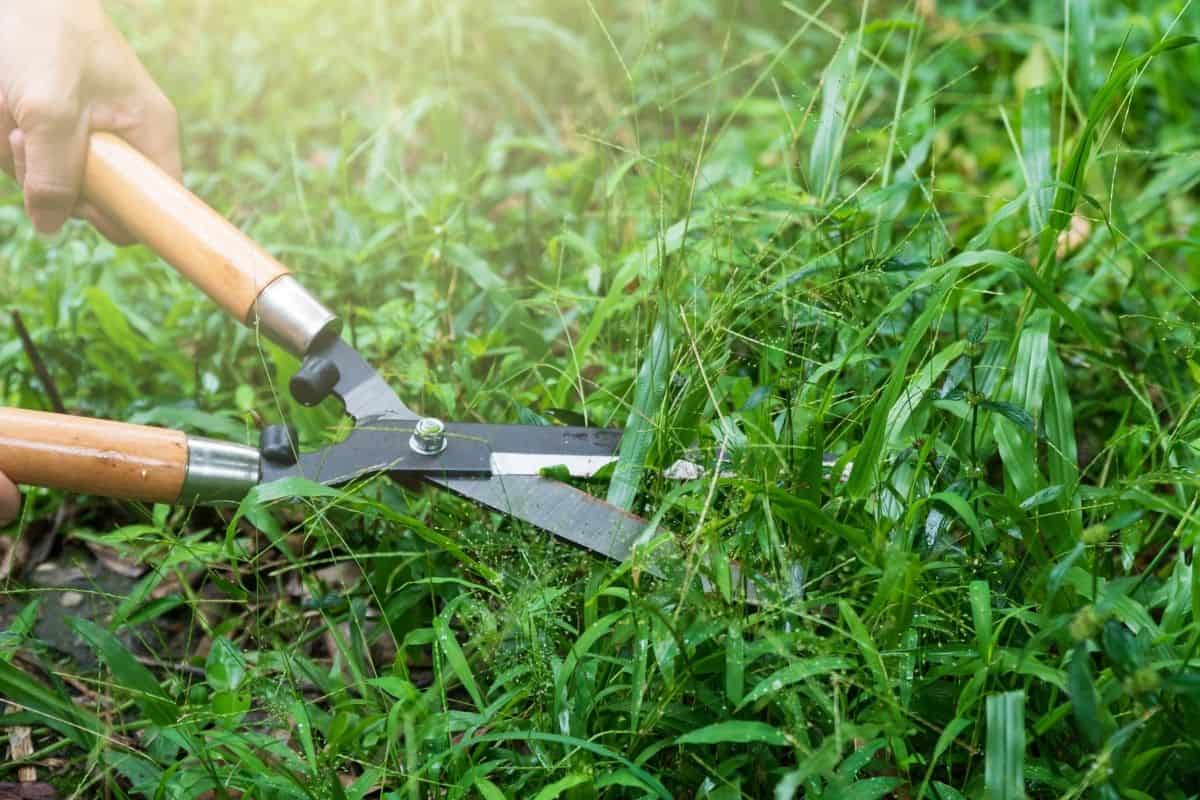
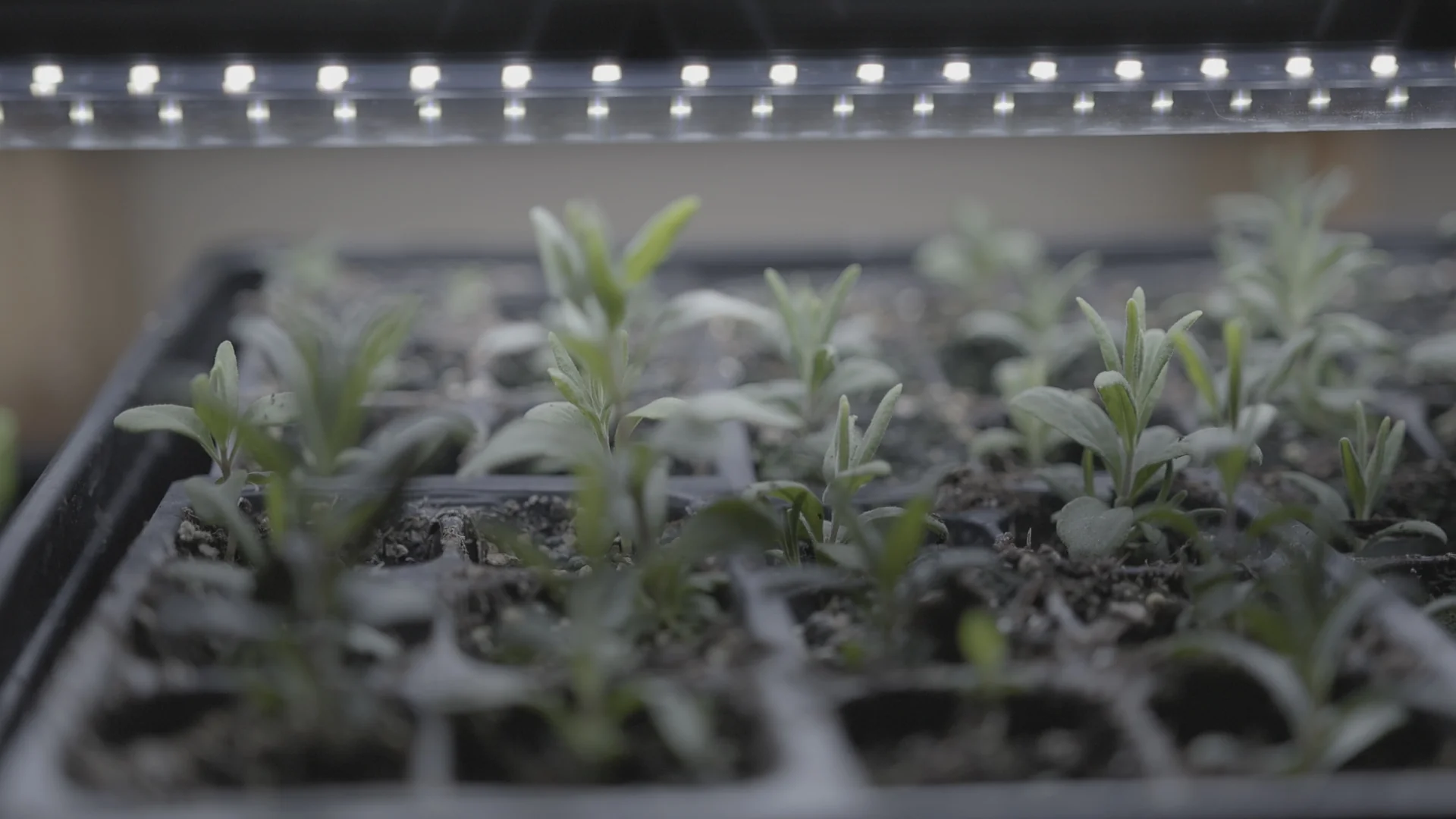
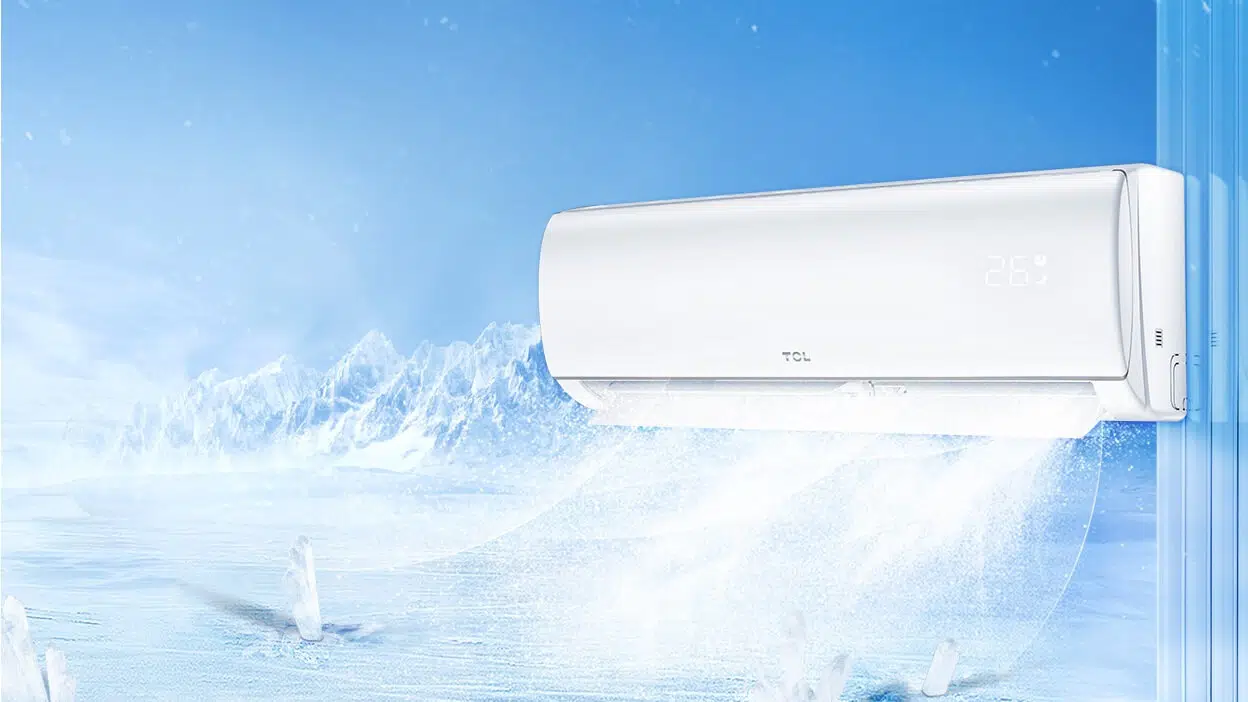
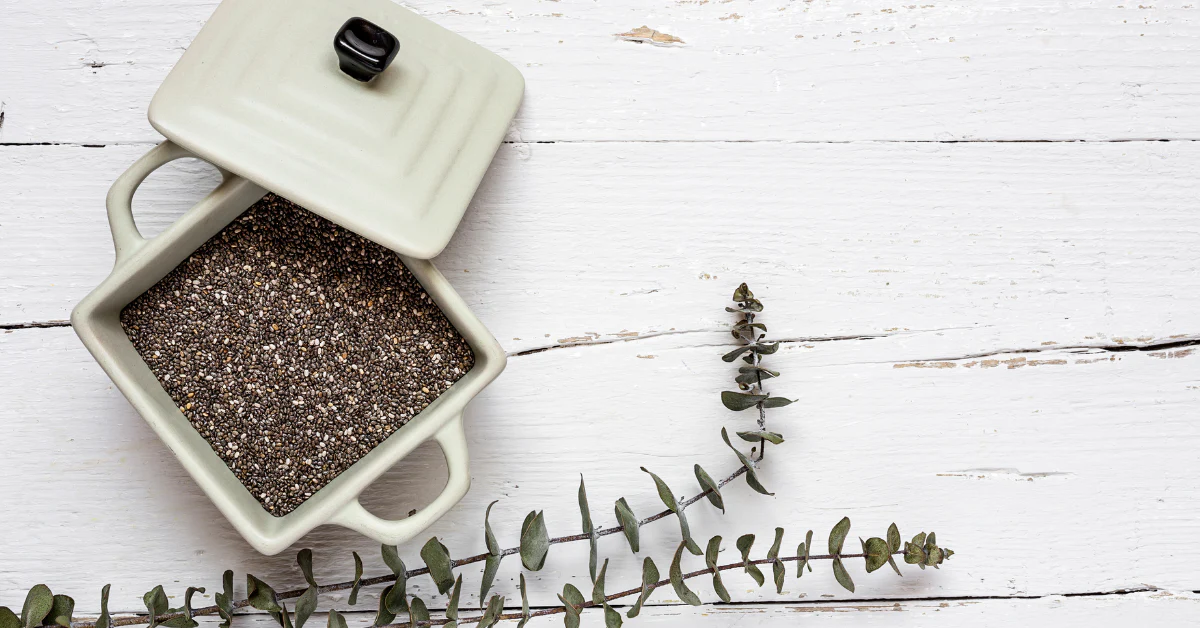
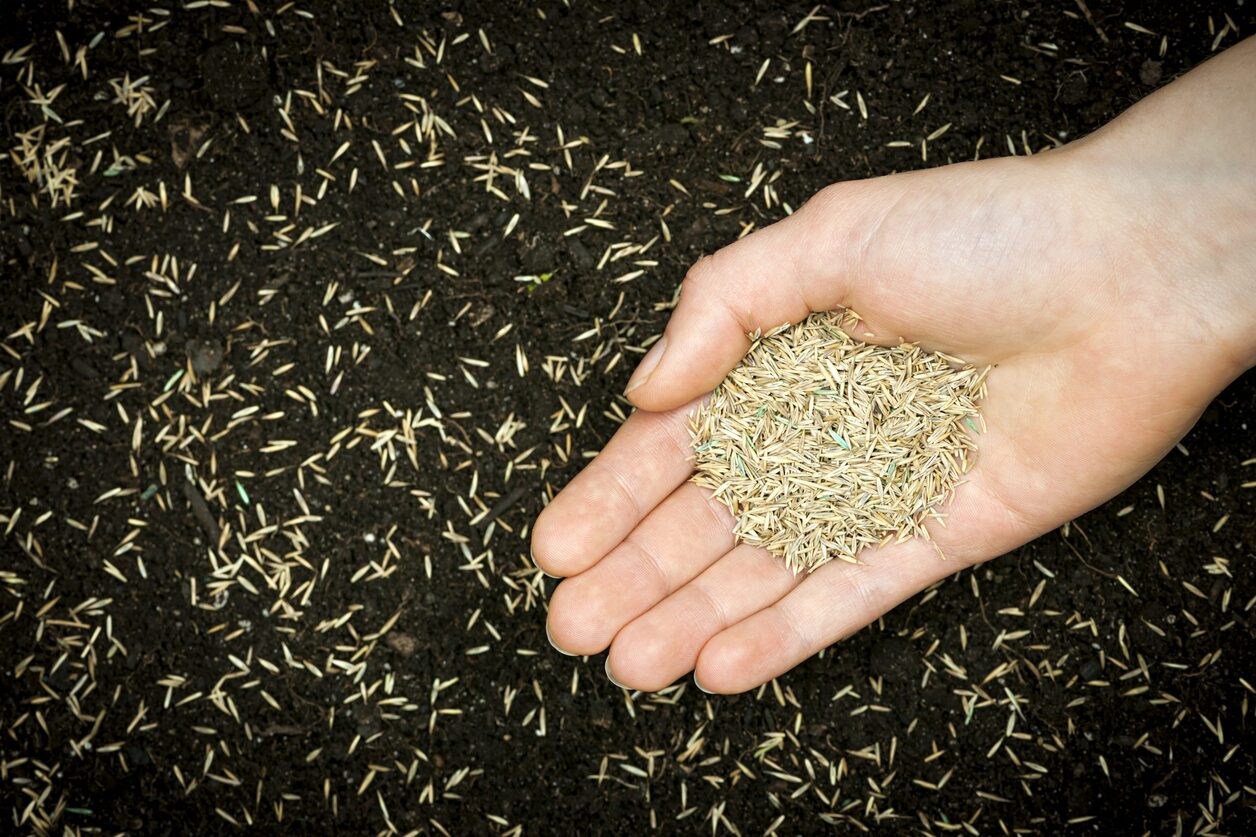

0 thoughts on “How Cold Is Too Cold To Plant Grass Seed”